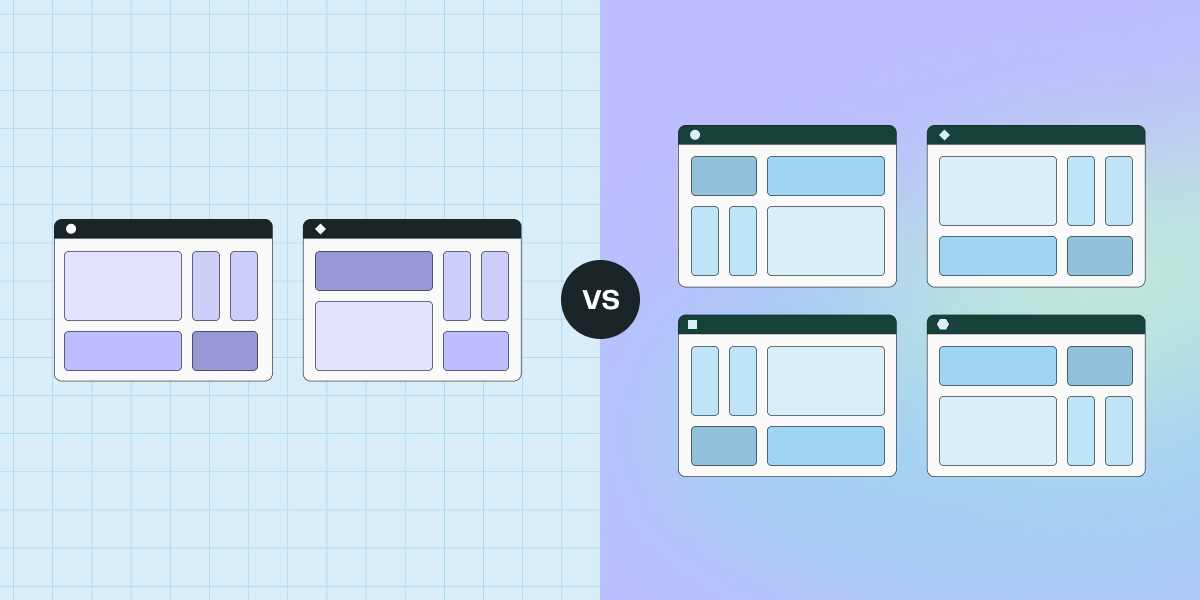
What are some of the fundamental differences between Statsig and Split?
In order to get to the bottom of it, let's first explore Statsig and Split independently and then get into comparisons after.
🤖👉 For a feature comparison, check out our head-to-head comparison matrix of popular Statsig and Split features.
What is Statsig?
Statsig is an advanced data platform designed for technical teams, offering a comprehensive suite of tools for feature management and analytics.
The platform caters to a wide range of customers, from startups to enterprises, and is trusted by some of the best tech companies worldwide, such as OpenAI, Atlassian, and Notion. Statsig's all-in-one solution enables teams to efficiently manage feature releases, conduct experiments, and gain valuable insights from their data.
Statsig's key features include:
Feature Flags: Statsig provides a robust feature flagging system that allows teams to control feature releases, automate rollouts, and target specific user segments.
Product Analytics: With Statsig, you can analyze user funnels, track user journeys, perform metric drilldowns, and measure the impact of feature releases and experiments.
A/B Testing: Statsig offers a powerful A/B testing and experimentation platform, enabling teams to make data-driven decisions and optimize their products for maximum impact.
Web Analytics: By adding a single snippet to your website, you can start collecting valuable analytics data and gain insights into user behavior.
Session Replay: Statsig's session replay feature allows you to re-watch user sessions, helping you identify pain points and improve the overall user experience.
TL;DR: Statsig is a tool that's well-suited for technical teams looking for an advanced data platform to manage feature releases, conduct experiments, and analyze product performance. However, it may not be the best fit for teams without engineering resources or those not focused on building software products.
What is Split?
Split is a feature management and experimentation platform that helps product development teams release features faster with less risk. The company's platform combines feature flags with testing and observability, allowing teams to ship updates more frequently while instantly detecting the impact of every feature they release.
Split's Feature Data Platform is designed with a patented attribution engine that connects all relevant data to every feature, providing 100% feature-level observability and deeper contextual insights across everything released. This empowers teams to make data-informed decisions and continuously improve their products.
Key features of Split's platform include:
Feature Flags: Deploy code when you want and release when you're ready
Targeting Rules: Gradually release with targeting rules
Automated Rollout Monitoring: Test in production and release features to segments of your user base
Feature Experimentation: Make changes without pushing new code
TL;DR: Split is a tool that's well-suited for product development teams looking to release features faster with less risk. However, it may lack some of the advanced technical capabilities and flexibility offered by other platforms.
Statsig vs Split, head to head

Integrations comparison
Statsig's integrations cover a wide range of tools and platforms for data analysis. These include popular data warehouses like Snowflake and BigQuery, as well as analytics tools like Amplitude and Mixpanel. Statsig also integrates with communication platforms like Slack and Microsoft Teams, making it easy to share insights across your organization.
Split's integrations focus primarily on programming languages and monitoring/tracking systems. They support SDKs for languages like Java, Python, and Ruby, allowing developers to easily incorporate Split into their codebases. Split also integrates with error tracking tools like Sentry and performance monitoring platforms like New Relic, enabling teams to monitor the impact of feature releases on application stability and performance.
TL;DR: Statsig and Split's integrations are both well-suited for data-driven product development teams. However, Statsig's integrations offer a broader range of data analysis capabilities, while Split's integrations are more focused on developer tooling and monitoring.
Pricing comparison
Statsig's usage-based pricing model offers a generous free tier and discounts for high-volume customers. The Developer Tier includes unlimited feature flags and 2M events/month at no cost. Paid plans start at $150/month for 5M events, with additional events at $50 per 1M.
In contrast, Split's pricing is based on seats, tracked keys, and events consumed. Their free plan includes basic feature flags and 50,000 monthly tracked keys. Paid plans start at $35/seat/month for the Startup plan, which includes all features and 1M events.
TL;DR: Statsig and Split's pricing are both well-suited for teams of all sizes. However, Split's seat-based pricing may become costly for larger organizations, while Statsig's usage-based model remains affordable as teams scale.
The bottom line: Key differences between Statsig and Split
Statsig's all-in-one platform combines feature management, experimentation, and analytics into a single, unified solution. This enables companies to streamline their tech stack, eliminate the need for multiple point solutions, and gain a comprehensive view of their product's performance. By consolidating these capabilities, Statsig empowers teams to move quickly, iterate confidently, and make data-driven decisions at every stage of the product lifecycle.
In contrast, Split specializes in feature delivery and observability, catering primarily to complex organizations with strict governance and compliance requirements. While Split provides robust feature flagging and monitoring capabilities, it lacks the advanced experimentation and analytics features that set Statsig apart. This narrower focus may limit Split's ability to support the end-to-end needs of product teams, particularly those in fast-moving, data-driven environments.
Companies choose Statsig for its cutting-edge stats engine and seamlessly integrated product suite. Statsig's experimentation platform is trusted by industry leaders like Notion, Brex, and Atlassian, who rely on its advanced statistical methods and intuitive interface to run high-impact experiments at scale. By bundling feature management, experimentation, and analytics into a single platform, Statsig enables teams to leverage insights across their entire product development lifecycle, from ideation to iteration and beyond.
Statsig vs Split, head to head




